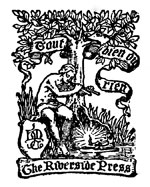The Project Gutenberg EBook of Raphael, by Estelle M. Hurll
This eBook is for the use of anyone anywhere at no cost and with
almost no restrictions whatsoever. You may copy it, give it away or
re-use it under the terms of the Project Gutenberg License included
with this eBook or online at www.gutenberg.org
Title: Raphael
A Collection Of Fifteen Pictures And A Portrait Of The
Painter With Introduction And Interpretation
Author: Estelle M. Hurll
Editor: Estelle M. Hurll
Release Date: September 19, 2006 [EBook #19314]
Language: English
*** START OF THIS PROJECT GUTENBERG EBOOK RAPHAEL ***
Produced by Juliet Sutherland, Sankar Viswanathan, and the
Online Distributed Proofreading Team at http://www.pgdp.net
Transcriber's Note.
The images in this eBook of the paintings are from the original book. However many of these paintings have undergone extensive restoration. The restored paintings are presented as modern color images with links.
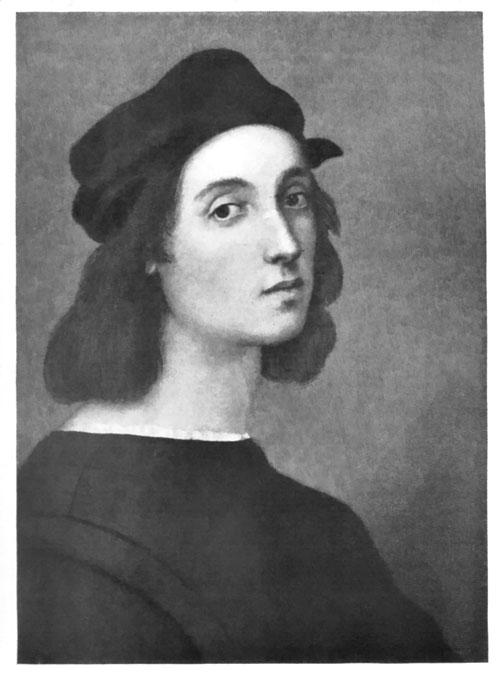
RAPHAEL SANZIO D' URBINO (BY HIMSELF)
Uffizi Gallery, Florence
Please click on the image for a larger image.
Please click here for a modern color image
Masterpieces of Art
RAPHAEL
A COLLECTION OF FIFTEEN PICTURES
AND A PORTRAIT OF THE PAINTER
WITH INTRODUCTION AND
INTERPRETATION
EDITED BY
ESTELLE M. HURLL
BOSTON AND NEW YORK
HOUGHTON MIFFLIN COMPANY
The Riverside Press Cambridge
1899
Copyright, 1899, BY HOUGHTON, MIFFLIN & CO
PREFACE
The object of this collection of prints is to introduce the student to Raphael through the pictures which appeal directly to the imagination with some story interest. With this characteristic as the leading principle of choice, the variety of subjects is perhaps as wide as the conditions admit. No attempt is made to represent all the sides of the painter's art; his portraits are ignored and his Madonnas inadequately represented, in order to give place to pictures which awaken as many points of interest as possible. Within these narrow limits Raphael, as an illustrator and a composer, is even in these few pictures clearly represented.
Had choice been limited to pictures painted throughout by Raphael himself, the value of the collection would have been seriously affected, as some of the master's most interesting works were handed over to his pupils for execution. Our list, however, contains only such works as are at this date reckoned indisputably to be from Raphael's own designs.
The text has only the modest aim of making the pictures intelligible. Critical explanations are beyond its scope, and historical data are for the most part relegated to the accompanying tables. The Introduction is intended for teachers, and contains suggestions for a comparative study of the pictures which may be carried out at discretion.
All the reproductions in this book are from photographs made directly from the original paintings. In order to get the best results a careful comparison was made of the work of leading photographers. The photographer of each picture is mentioned in the Table of Contents.
ESTELLE M. HURLL.
New Bedford, Mass.
June, 1899.
CONTENTS AND LIST OF PICTURES
| Portrait of Raphael. Painted by himself . | Frontispiece. |
| From Photograph by Fratelli Alinari . |
| PAGE |
| INTRODUCTION |
| I. | On Raphael's Character as an Artist | vii |
| II. | On Books of Reference | xi |
| III. | Historical Directory of the Pictures | xii |
| IV. | Collateral Reading from Literature | xiv |
| V. | Outline Table of the Principal Events in Raphael's Life | xv |
| VI. | Raphael's Contemporaries | xvi |
| I. | THE MADONNA OF THE CHAIR |
| Picture from Photograph by Fratelli Alinari |
| II. | ABRAHAM AND THE THREE ANGELS |
| Picture from Carbon Print by Braun, Clement & Co. |
| III. | THE MIRACULOUS DRAUGHT OF FISHES |
| Picture from Photograph by Thurston Thompson |
| IV. | THE SACRIFICE AT LYSTRA |
| Picture from Photograph by Thurston Thompson |
| V. | HELIODORUS DRIVEN FROM THE TEMPLE |
| Picture from Photograph by Fratelli Alinari |
| VI. | THE LIBERATION OF PETER |
| Picture from Photograph by Fratrelli Alinari |
| VII. | THE HOLY FAMILY OF FRANCIS I. |
| Picture from Carbon Print by Braun, Clement & Co. |
| VIII. | ST. CATHERINE OF ALEXANDRIA |
| Picture from Photograph by Franz Hanfstaengl |
| IX. | ST. CECILIA |
| Picture from Photograph by Fratelli Alinari |
| X. | THE TRANSFIGURATION |
| Picture from Photograph by Fratelli Alinari |
| XI. | PARNASSUS |
| Picture from Photograph by Fratelli Alinari |
| XII. | SOCRATES AND ALCIBIADES |
| Picture from Photograph by Giacomo Brogi |
| XIII. | THE FLIGHT OF NEAS |
| Picture from Photograph by Fratelli Alinari |
| XIV. | ST. MICHAEL SLAYING THE DRAGON |
| Picture from Carbon Print by Braun, Clement & Co |
| XV. | THE SISTINE MADONNA |
| Picture from Photograph by Franz Hanfstaengl |
| XVI. | PORTRAIT OF RAPHAEL (See Frontispiece) |
| PRONOUNCING VOCABULARY OF PROPER NAMES AND FOREIGN WORDS |
INTRODUCTION
I. ON RAPHAEL'S CHARACTER AS AN ARTIST.
No one of the old Italian masters has taken such a firm hold upon the popular imagination as Raphael. Other artists wax and wane in public favor as they are praised by one generation of critics or disparaged by the next; but Raphael's name continues to stand in public estimation as that of the favorite painter in Christendom. The passing centuries do not dim his fame, though he is subjected to severe criticism; and he continues, as he began, the first love of the people.
The subjects of his pictures are nearly all of a cheerful nature. He exercised his skill for the most part on scenes which were agreeable to contemplate. Pain and ugliness were strangers to his art; he was preminently the artist of joy. This is to be referred not only to his pleasure-loving nature, but to the great influence upon him of the rediscovery of Greek art in his day, an art which dealt distinctively with objects of delight.
Moreover Raphael is compassionate towards mind as well as heart; he requires of us neither too strenuous feeling nor too much thinking. As his subjects do not overtax the sympathies with harrowing emotions, neither does his art overtax the understanding with complicated effects. His pictures are apparently so simple that they demand no great intellectual effort and no technical education to enjoy them. He does all the work for us, and his art is too perfect to astonish. It was not his way to show what difficult things he could do, but he made it appear that great art is the easiest thing in the world. This ease was, however, the result of a splendid mastery of his art. Thus he arranges the fifty-two figures in the School of Athens, or the three figures of the Madonna of the Chair, so simply and unobtrusively that we might imagine such feats were an every-day affair. Yet in both cases he solves most difficult problems of composition with a success scarcely paralleled in the history of art.




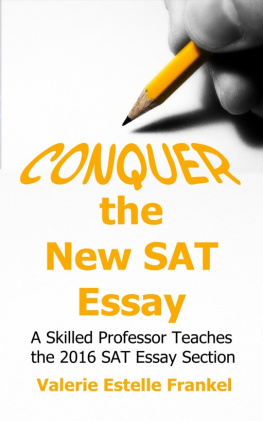
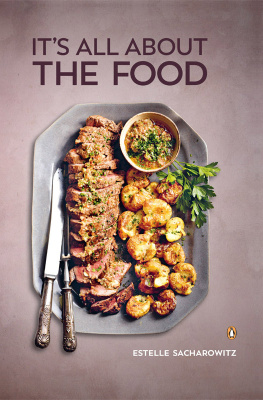

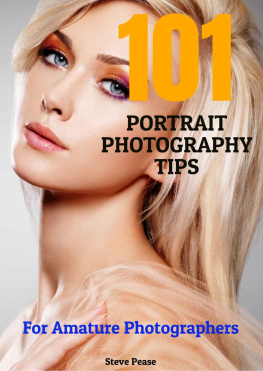
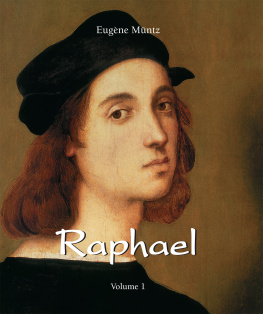

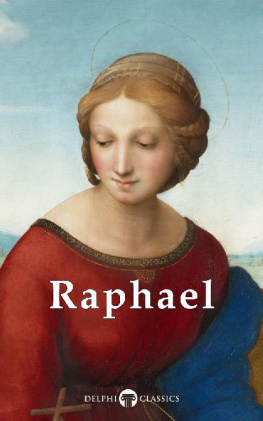

 RAPHAEL SANZIO D' URBINO (BY HIMSELF)
RAPHAEL SANZIO D' URBINO (BY HIMSELF)